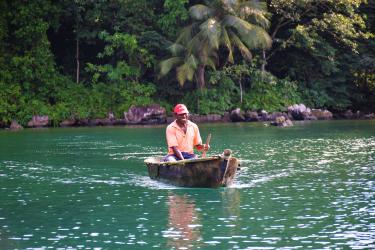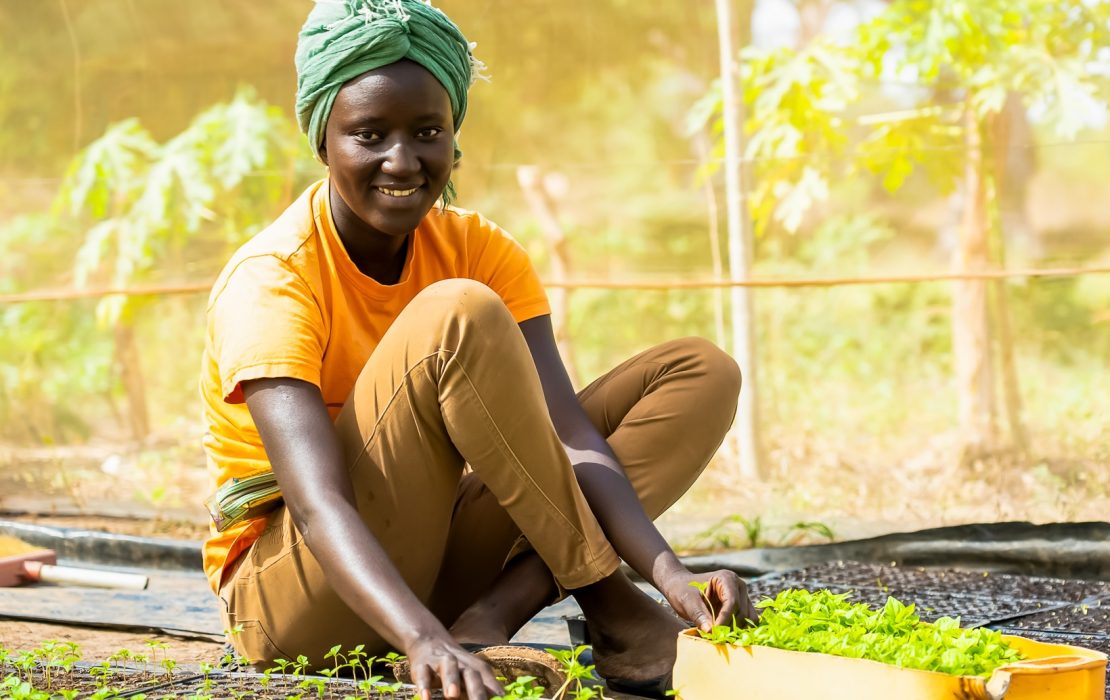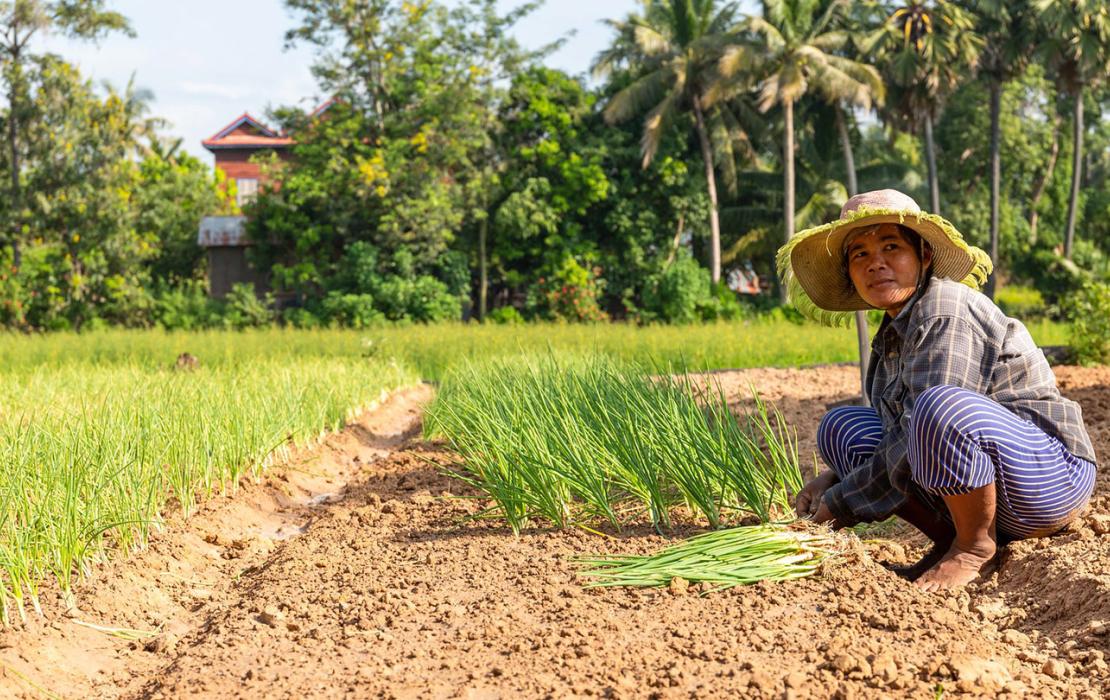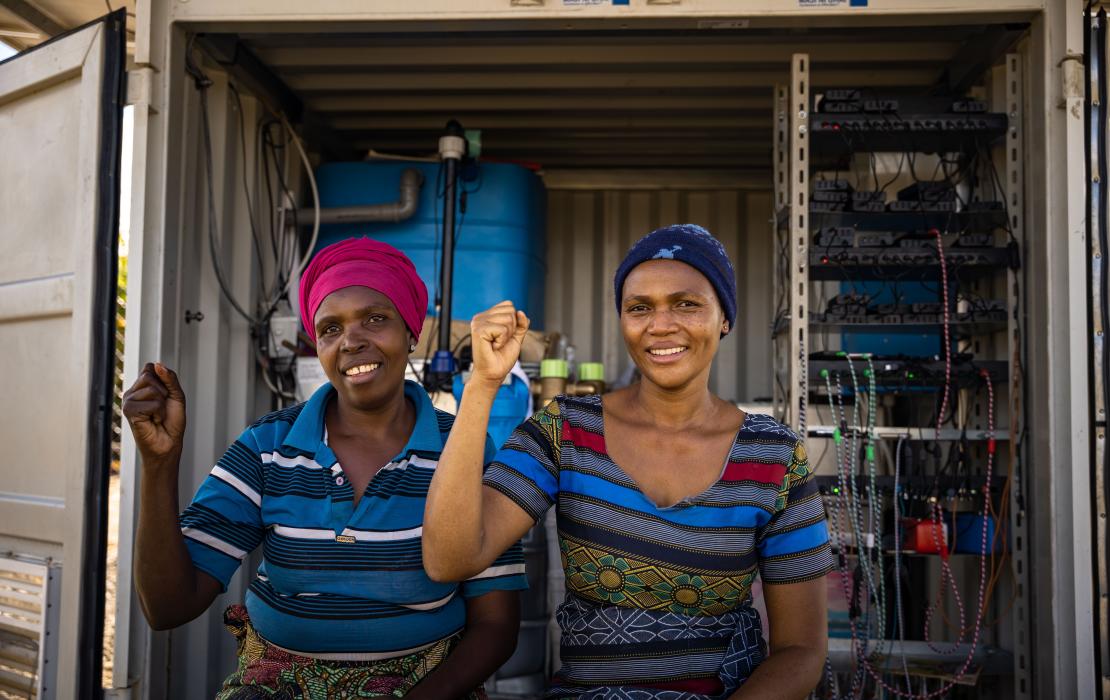0.00%
Share of global GHG emissions
Based on data from Climate Watch (CAIT 2022), developed and maintained by the World Resources Institute. #160
Climate Vulnerability Index ranking
A higher number means a higher vulnerability to climate change. Based on the ND-GAIN Index (2023), developed by the University of Notre Dame. #141
Human Development Index ranking
A lower number means a better human development score. Based on the Human Development Index (2023), developed by UNDP. NDC Status
São Tomé and Principe submitted its third NDC in September 2025.
Key highlights from the NDC
- São Tomé and Principe’s third NDC demonstrates overall progression and enhancement compared to the previous NDC. São Tomé and Principe commits to a conditional greenhouse gas reduction target of 35 percent by 2035 compared to Business-As-Usual (BAU).
- The country has placed adaptation at the heart of its priorities, doubling its adaptation measures from 20 in its second NDC to 40 in its third NDC, with the inclusion of additional sectors such as ecosystems and biodiversity, infrastructure , tourism, health, urban planning and land use, and education.
- The new NDC places a strong emphasis on the Small Island Developing States’ (SIDS) high vulnerability to the impacts of climate change and a whole-of-economy approach to climate change adaptation and loss and damage. The new NDC also stresses the importance of an equitable and just transition, with particular emphasis on gender equality and social inclusion, children and youth, and people with disabilities.
- UNDP, in collaboration with UNICEF, UNFPA, and the Resident Coordinator’s Office (RCO) has played a pivotal role in offering both technical and financial assistance throughout the NDC process, helping strengthen national capacities and fostering inclusive stakeholder engagement. The NDC Partnership has also provided strategic coordination, helping align national climate ambitions with sustainable development priorities.



